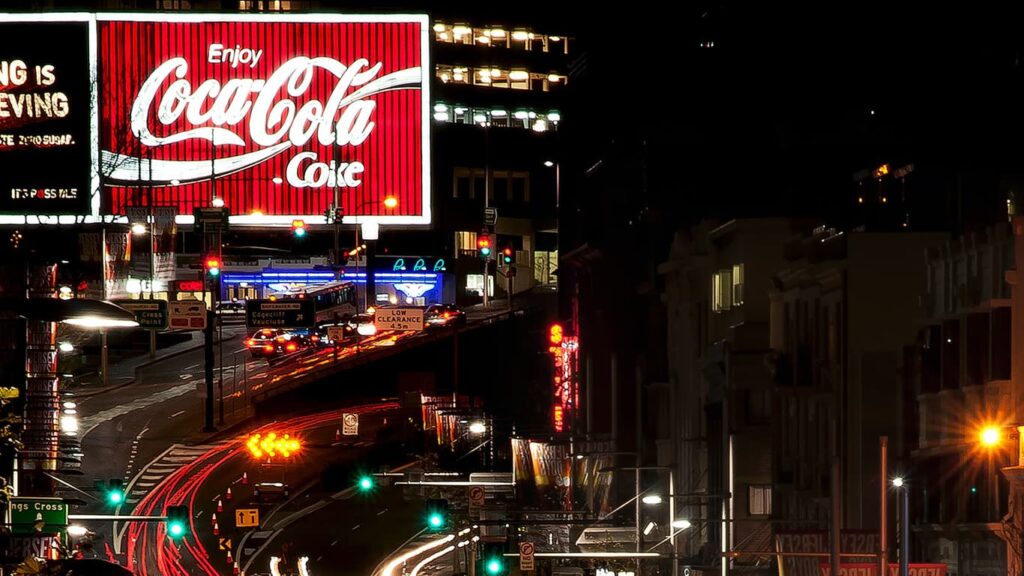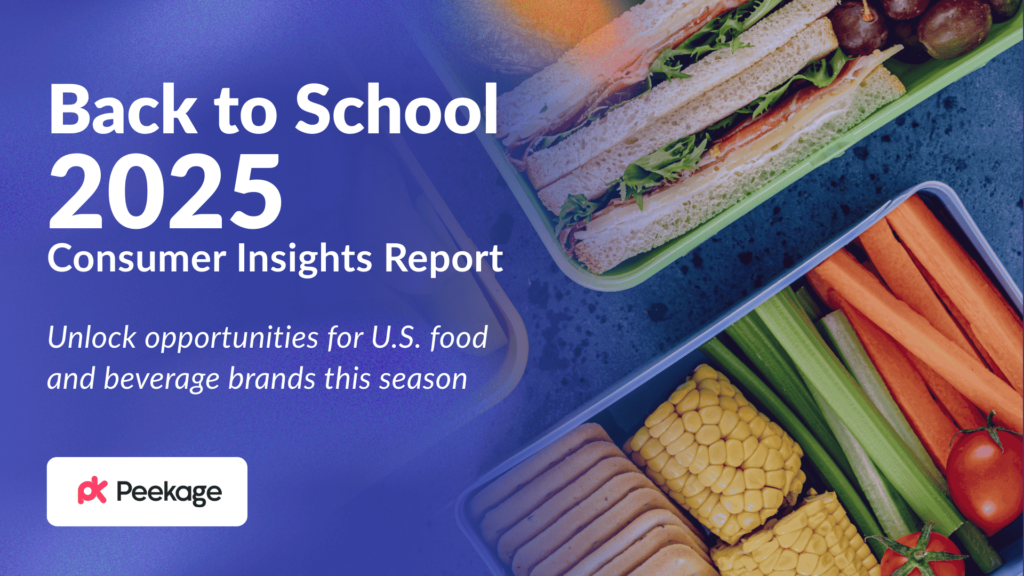Engaging your audience through creative brand activation can differentiate your brand without complex logistics or high costs. This guide offers 30 actionable brand activation ideas across industries like food, fashion, e-commerce, and retail.
Whether you're:
- A marketing manager planning an immersive campaign,
- An event coordinator exploring on-ground activations, or
- A small business owner seeking budget-friendly tactics.
You'll find innovative strategies to activate your brand both online and offline. These ideas will help you design a brand activation strategy that resonates with your target audience and drives lasting engagement.
Peekage solutions: Consumer insights services
What is Brand Activation?
Brand activation is a marketing approach where businesses provide unique and engaging experiences to customers, aiming to boost brand awareness and presence. Effective activation campaigns can occur anywhere from music events to beauty salons creating memorable interactions that turn audiences into brand ambassadors and differentiate the brand from competitors.
The interesting news about brand activation is that it could happen in any place to provide a surprising brand experience.
Peekage solutions: Product sampling programs
What are the Benefits of Brand Activation?
Brand activation strengthens your brand's connection with its audience by:
- Enhancing customer loyalty through engaging activation campaigns.
- Creating unique communication channels to nurture relationships.
- Boosting brand awareness with memorable marketing activation ideas.
- Supporting rebranding and new product launches with creative on-ground activation ideas.
- Targeting audiences directly with cost-effective campaigns.
- Seamlessly integrating with other marketing strategies.
Enhances Customer Interaction and Loyalty
By engaging customers through creative activation activities whether at a brand activation event, an on-ground activation campaign, or a digital experience you foster loyalty and create memorable moments that resonate with them. Customers are more likely to choose your brand over competitors when they feel a strong emotional connection.
Creates Unique Communication Channels
Brand activations open new, dynamic ways to communicate with your audience. With the right campaign activation, you can stay connected and nurture customer relationships, increasing your brand's visibility and staying top of mind.
This approach is especially effective for retail activation ideas and mall activation ideas where in-person interaction is key.
Boosts Brand Awareness with Memorable Experiences
Providing a unique and remarkable experience through brand activation events or digital activation ideas increases brand awareness by showcasing your brand's personality and values. When customers experience your brand firsthand, they develop a more profound connection.
Supports Rebranding and New Product Launches
For brands undergoing a transformation or launching new products, activation ideas for brands help reintroduce or expand your offerings.
In-store activation ideas and internal brand activation ideas can educate both consumers and employees about new features or services, encouraging engagement and retention.
Targets Your Audience Directly and Effectively
Brand activations bring your marketing campaigns directly to your audience, whether through campaign activation at large-scale events, in-store experiences, or local activations. These personalized interactions can significantly increase reach without substantial marketing expenses, making activations a cost-effective choice.
Works Seamlessly with Other Marketing Campaigns
Whether combined with traditional or digital marketing strategies, brand activation event ideas can enhance the effectiveness of your campaigns. Integrated activation ideas align with broader marketing goals and can drive targeted engagement on social media or at local events.
Read more: A Simple Step-by-Step Guide for Brand Activation
How to Choose the Right Brand Activation for Your Audience?
Choosing the right brand activation involves understanding your audience’s preferences, behaviors, and values. Key steps include identifying their needs, selecting the appropriate environment, aligning with their values, and focusing on measurable outcomes.
Identify Your Audience's Needs and Preferences
Understand audience segments, their interests, and pain points. Digital audiences may prefer virtual events, while others might engage better with in-person experiences like pop-up events.
Consider the Environment and Setting
Match activation ideas with the right environment. For example:
- Retail activations: Effective in stores or malls.
- Hybrid events: Combine online and offline touchpoints for broader reach.
Align with Audience Values and Lifestyle
Choose activations that reflect shared values. If sustainability is key, consider eco-friendly campaigns to create deeper connections.
Select a Format Based on Engagement Potential
Choose formats that suit your goals:
- Immersive experiences: Live demos or interactive events.
- Cost-effective options: Digital activations like social media challenges for wider reach.
Focus on Measurable Outcomes
Define success metrics before launching. Examples include:
- Direct interactions: Sampling or surveys.
- Online reach: Campaigns integrated with social media for easy tracking.
30 Brand Activation Ideas to Inspire Your Next Campaign
Brand activation ideas engage audiences, boost brand loyalty, and increase recognition. Here are 30 creative strategies across in-person experiences, virtual events, social media, and digital activations.
- In-Person Experiences: Pop-up stores, product sampling, VIP events.
- Virtual Events: Live streaming launches, webinars, hybrid events.
- Social Media: Influencer collaborations, UGC campaigns, giveaways.
- Digital Activations: AR/VR experiences, gamification, free trials.
In-Person Experiences
1. Pop-Up Stores
Temporary pop-up shops in high-traffic areas create surprise and excitement, allowing customers to experience your brand firsthand. Ideal for fashion, retail, or food brands looking to make a memorable impression.

Example: Chanel's pop-up in Aspen, CO, created a winter wonderland shopping experience with exclusive items.
2. Experiential Marketing Events
Host interactive events that immerse participants in your brand's world, such as product demos or themed parties, to create memorable brand experiences.
Example: Coca-Cola's "Share a Coke" campaign included interactive vending machines that personalized bottles for customers.
3. Product Sampling
Offer free samples in stores or at events to let people try before they buy, especially effective for food, beauty, and personal care brands.
Example: LUSH frequently offers product samples in-store, allowing customers to try before they buy.
4. Interactive Installations
Design engaging, sensory experiences where customers can interact with the brand through installations or displays, popular for tech and design-oriented brands.
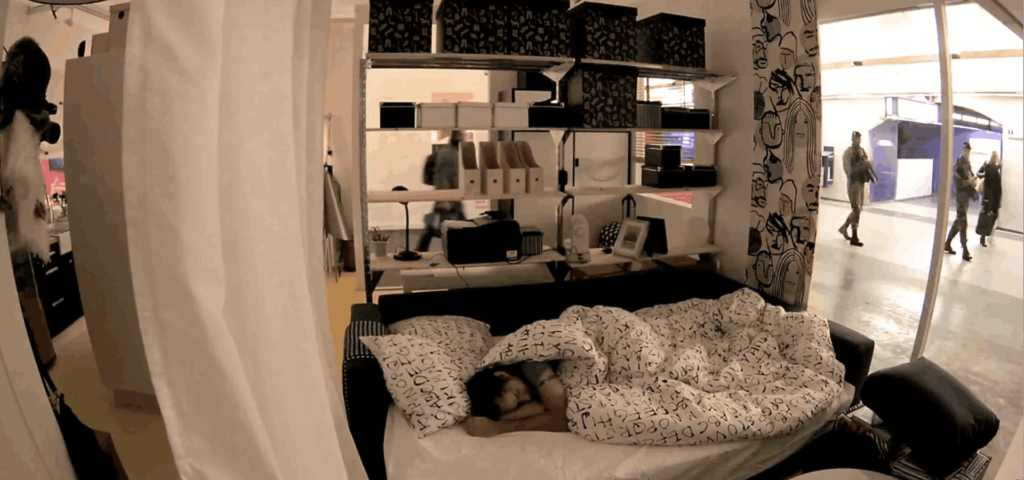
Example: Ikea's immersive installations in Paris metro stations let commuters experience living in tiny apartments.
5. Exclusive VIP Events
Host an exclusive gathering for loyal customers or influential figures in your industry, fostering a sense of community and brand loyalty.
Example: Sephora's Beauty Insider events offer VIPs exclusive access to new products and expert advice.
6. Community Partnerships
Collaborate with local businesses or causes to host events that showcase your brand's values, reinforcing a community-centered brand image.
Example: Patagonia partners with local environmental groups, holding clean-up events in their retail locations.
7. In-Store Experiences
Create personalized in-store activities, like workshops or demos, which allow customers to interact closely with your products.
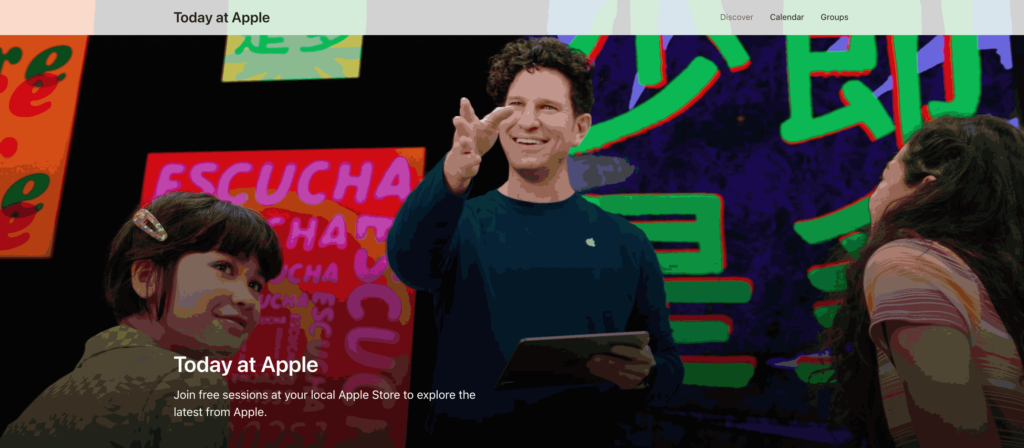
Example: Apple's hands-on workshops invite customers to learn and explore products right in-store.
8. Themed Brand Parties
Host themed events that align with brand values, such as eco-friendly workshops, holiday parties, or fitness-focused gatherings for sports brands.
Example: H&M's "Conscious Exclusive" collection launch party celebrated eco-friendly fashion.
9. Gamified Brand Challenges
Engage customers with competitive elements, like scavenger hunts or live games, to build excitement around your product or service.
Example: Nike's scavenger hunt in Los Angeles rewarded participants with exclusive sneakers.
10. Annual Celebrations or Anniversaries
Use yearly milestones to invite customers to celebrate with your brand, offering exclusive discounts or giveaways.
Example: LEGO's anniversary events often feature limited edition sets and interactive building stations.
Virtual and Hybrid Events
11. Live Streaming Product Launches
Launch new products via live streaming to engage a larger, global audience and generate excitement around the release.
Example: Tesla's live-streamed launches showcase their cars to a global audience, generating massive online buzz.
12. Virtual Expos and Trade Shows
Set up virtual booths at online trade shows to showcase products, connect with partners, and engage prospective customers in a digital space.
Example: Adobe MAX virtual conference provides software demos and creative sessions for attendees worldwide.
13. Webinars and Online Workshops
Educate audiences through informational or skill-based online workshops, establishing your brand as a knowledge leader in the industry.
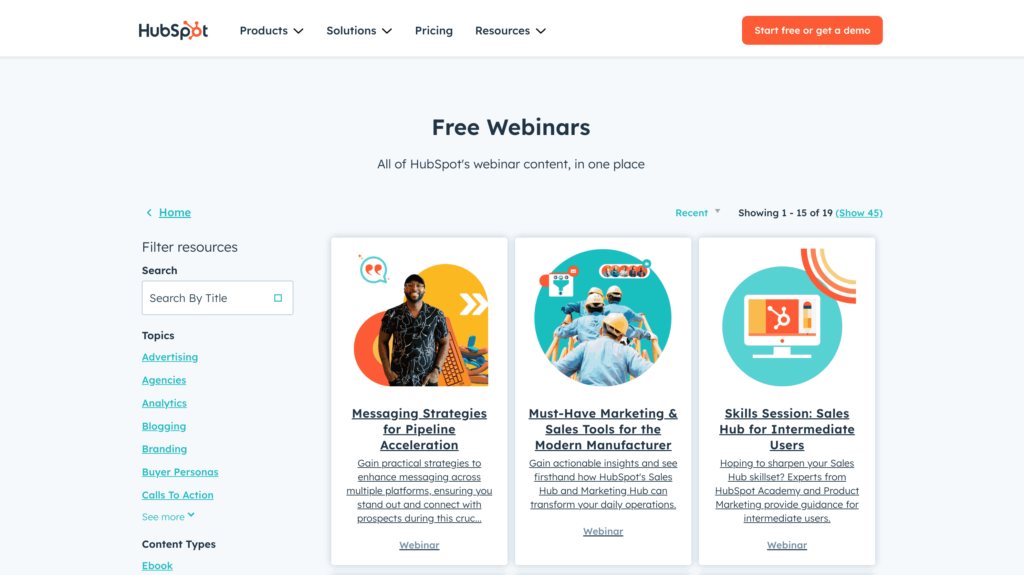
Example: HubSpot offers free webinars on digital marketing, building brand authority and customer engagement.
14. brid Events with On-site and Virtual Participation
Host events that offer both in-person and online options, catering to a wider audience with varied preferences.
Example: Comic-Con held both in-person and virtual events, widening participation for global fans.
15. Online Q&A Sessions with Brand Ambassadors
Provide a forum for customers to ask questions directly to your team or influencers associated with your brand, creating a personal connection.
Example: Glossier's Q&A with brand ambassadors on Instagram allows followers to ask questions about skincare.
16. Behind-the-Scenes Virtual Tours
Show customers the inner workings of your brand, from production processes to team introductions, for transparency and trust.
Example: Zappos' virtual "Inside the Box" tours show customers the people and process behind their orders.
Social Media Campaigns
17. Influencer Collaborations
Partner with influencers to boost visibility and reach by sharing products or services through their platforms, engaging new audiences.
Example: Daniel Wellington's influencer collaborations on Instagram helped launch its iconic watch line.
18. User-Generated Content (UGC) Campaigns
Encourage users to share their experiences with your products, creating authentic content and building community.
Example: GoPro's #GoProAwards campaign encourages users to share photos taken with its cameras for a chance to win prizes.
19. Social Media Giveaways and Contests
Host giveaways that prompt participants to like, share, or tag friends, building brand visibility and fostering social engagement.
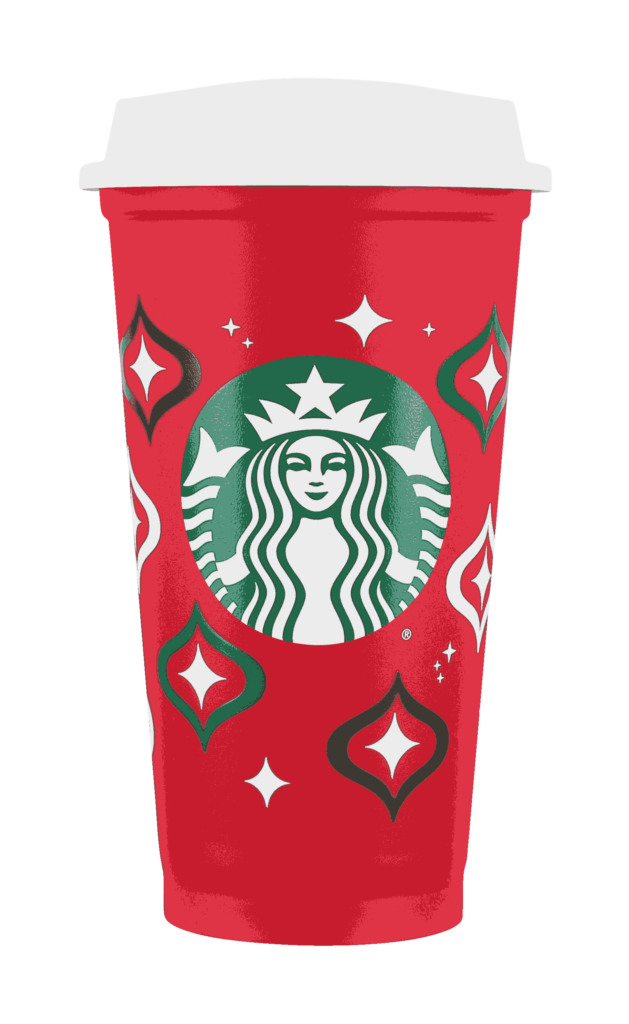
Example: Starbucks' #RedCupContest invites fans to share holiday-themed photos for a chance to win Starbucks cards.
21. Interactive Polls and Q&As
Use features like Instagram Stories to create polls or Q&As, fostering engagement and learning more about audience preferences.
Example: Netflix regularly uses Instagram polls to gauge fan preferences for its shows.
22. Cause-Driven Campaigns
Develop campaigns that align with social causes, inviting followers to participate and contribute to a shared purpose, like sustainability or charity drives.
Example: TOMS Shoes' "One for One" campaign donates a pair of shoes to a child in need for each pair purchased.
23. Influencer Takeovers
Allow influencers to take over your social media accounts temporarily, giving followers a fresh, engaging perspective on your brand.
Example: National Geographic frequently invites photographers to take over their Instagram, showcasing stunning visuals.
Interactive Digital Activations
24. Augmented Reality (AR) Experiences
Integrate AR features into your website or app, such as virtual try-ons for fashion brands or interactive product demos.
Example: Ikea's "Place" app uses AR to let customers visualize how furniture would look in their homes.
25. Virtual Reality (VR) Product Tours
Offer VR experiences that allow users to "tour" a product or service, such as hotel rooms, real estate, or new product features.
Example: Marriott's VR post cards transported travelers to different destinations through immersive 360° VR experiences.
26. Gamification Elements
Create interactive mini-games on your app or website where users can win discounts, rewards, or badges for engaging with the brand.
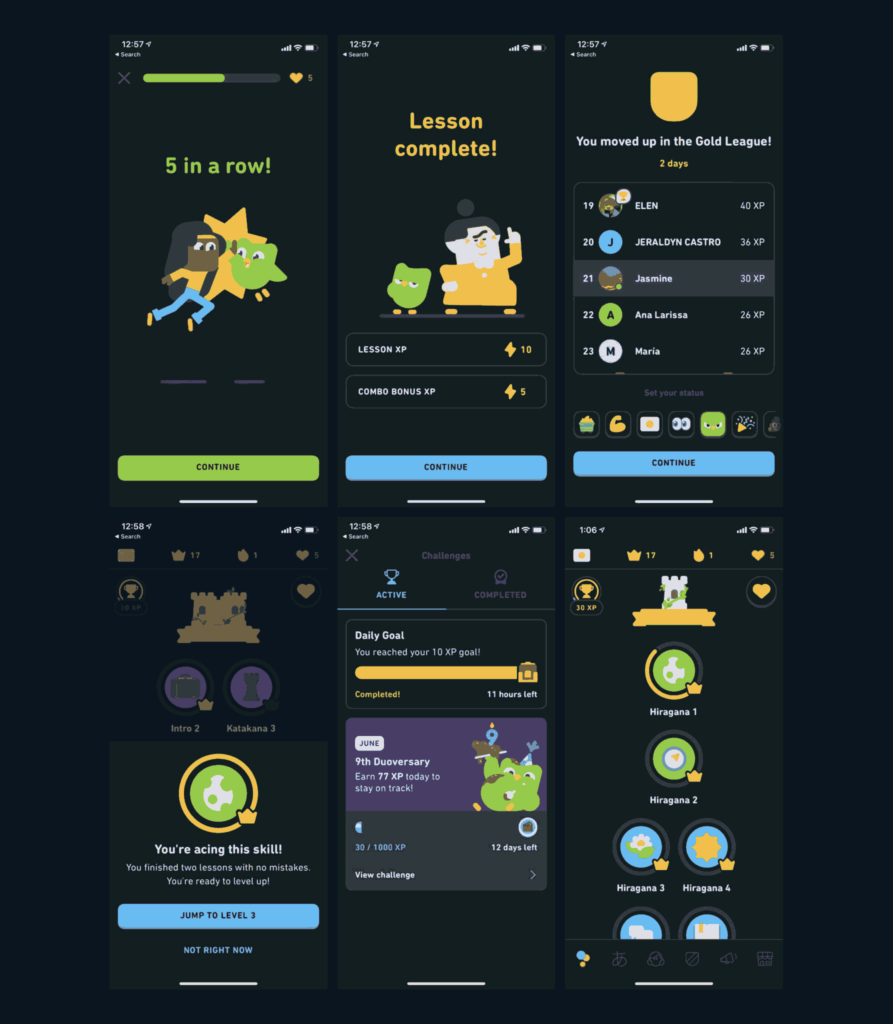
Example: Duolingo's reward-based gamification encourages users to keep practicing languages daily.
27. Interactive Online Polls and Quizzes
Engage visitors on your website with personality quizzes or product recommendation tools that make the shopping experience fun and personalized.
Example: BuzzFeed quizzes engage users with fun, personalized content that promotes brand loyalty.
28. Freemium and Free Trial Offers
For digital services or apps, offer free trials or freemium options to encourage users to try before they commit.
Example: Spotify's free trial encourages new users to try premium features before subscribing.
29. Customized Digital Gifts and Rewards
Offer digital freebies like eBooks, templates, or product samples that customers can access immediately upon signup or purchase.
Example: Canva offers free design templates and assets, enticing users to try out premium features.
30. Social Media Filters and Effects
Create custom filters or AR effects for platforms like Instagram and Snapchat that users can apply, increasing brand visibility.
Example: Kylie Cosmetics' Snapchat filters let users “try on†makeup, driving engagement and sales.
Read more: Sales Promotion Strategies: From Concept to Practice
15 Low-Cost Brand Activation Ideas for Small Businesses
Small businesses can activate their brands effectively on a budget by leveraging creative and strategic tactics. Here are 15 affordable brand activation ideas to engage your audience:
- Leverage social media hashtags, host virtual giveaways, or partner with local influencers.
- Offer personalized thank-you notes and affordable branded items.
- Organize workshops, sponsor local teams, and engage in community events.
1. Leverage Social Media Hashtags
Creating a unique, memorable hashtag can help build brand awareness and community. Encourage your followers to use the hashtag by holding a contest or asking for user-generated content. For example, a local bakery might use a hashtag like #MySweetSpot and invite followers to post pictures of their favorite treats. This tactic fosters engagement and increases visibility without significant costs.
2. Offer Exclusive Promotions for Local Events
Align your business with local events or holidays by offering small discounts, promotions, or limited-time offers. For example, a coffee shop could give out a 10% discount during the local farmer's market or partner with nearby vendors to cross-promote each other. It's a simple, low-cost way to increase foot traffic and gain exposure among the local community.
3. Host Virtual Contests or Giveaways
Hosting an online contest on Instagram or Facebook allows you to reach a wide audience with minimal expense. Ask participants to tag friends, follow your page, or share a post to enter, which expands your brand's reach. Prizes can be products or services you already offer, keeping costs low while encouraging engagement.
4. Partner with Other Small Businesses
Collaboration can help expand your reach while sharing costs. For instance, a yoga studio might team up with a local wellness cafe to offer joint discounts or package deals. Cross-promoting each other's services allows both businesses to access each other's audience, building brand awareness for both parties.
5. Create a Referral Program
Word-of-mouth marketing is powerful, and creating a referral program incentivizes your current customers to promote your brand. Offer discounts or small rewards for referrals. For example, a salon might offer a 10% discount for each new client brought in by an existing customer. This approach encourages loyalty and brings in new business at a low cost.
6. Send Personalized Thank-You Notes
Adding a personal touch goes a long way in brand activation. Sending handwritten thank-you notes with purchases or services shows customers they're valued. You can also include a small discount or coupon for their next visit, making it a thoughtful yet affordable way to increase repeat business.
7. Host a Live Social Media Event
Live events on Instagram, Facebook, or TikTok allow you to engage with your audience directly and in real-time. Share behind-the-scenes insights, product demos, or even a Q&A session. For example, a florist might host a live "How to Arrange Flowers" session, inviting questions and comments to build rapport with viewers.
8. Organize a Community Clean-Up or Volunteer Day
Organizing a community clean-up or volunteering day not only gives back to the community but also builds goodwill around your brand. Promote the event on social media and invite customers to participate, sharing photos and updates along the way. This boosts your brand's visibility and shows your business as a positive community member.
9. Use Simple, Branded Giveaways
Instead of high-cost giveaways, opt for smaller branded items that customers can use daily, like pens, notepads, or reusable tote bags. Every time they use it, they're reminded of your brand. This tactic can be particularly useful at community events, farmers' markets, or local fairs.
10. Feature Customer Stories or Testimonials
Sharing customer stories or testimonials across social media or your website builds authenticity and trust with prospective customers. It's an effective way to highlight how your business has positively impacted others without the need for expensive advertising.
11. Host Mini-Workshops or Demos
Hosting small workshops or product demos can be highly effective, especially for businesses with a physical location. For example, a small art supply store could host a "Painting Basics" workshop with limited, socially distanced spots. Offering expert advice for free makes your brand valuable and attracts potential new customers who may turn into loyal patrons.
12. Set Up a Pop-Up or Sampling Stand
A small, low-cost pop-up table in high-traffic areas like a community center or farmer's market allows people to experience your brand firsthand. Offer product samples or discounts to those who stop by and sign up for your newsletter. It's a great way to introduce your business to new customers without the expense of a permanent location.
13. Make Use of Local Influencers
Influencer partnerships don't have to be costly if you focus on local, micro-influencers who align with your brand. Partner with an influencer who genuinely appreciates your business, and offer a free product or service in exchange for a post. Micro-influencers often have engaged followers and provide a personal endorsement, helping increase your reach on a budget.
14. Create a "Pop-Up" Social Media Challenge
Run a week-long challenge on social media, such as a fitness or cooking challenge, that encourages users to interact with your brand. Each day, post a small challenge or task and ask followers to share their progress using a unique hashtag. This kind of activation fosters community engagement and brand loyalty at virtually no cost.
15. Sponsor a Local Team or Club
Sponsoring a local sports team, club, or school event helps increase brand visibility within your community. In exchange for a modest donation or contribution, you might get your logo on their shirts or event materials, reaching a highly targeted local audience.
Brand Activation with Peekage
Peekage is an innovative solution provider for brand activation that combines packaging and distribution of samples using artificial intelligence to choose the right customers and track various marketing plans.
New brands that need a base to find a customer network uses Peekage for their brand activation.
By sending the right products to the right customers, you can have a functional brand that works at some stage of its life. You can use Peekage as a digital product sampling platform to connect with the right customers and gather insights.
Contact us if you have any questions.
Be Creative with Brand Activation
Brand activation is a unique marketing campaign that aims to make a different experience to increase brand awareness. Brands typically use the newest items to gain the attention of their target audience in these activation campaigns.
Brand activation should be fun and contain surprising and innovative elements to engage people effectively. Depending on the activity of the brand, several solutions are available to communicate with more customers and achieve the target audience.
Pop-up stores, giant machines, different scenarios, and providing a unique experience are the main features of brand activation campaigns by popular global brands.
Creativity has an important role in designing an amazing experience as designers seek creative, different ways to interact with customers.
Brand activation is not limited to site-specific or physical activities as several experiences are designed using virtual reality and AR technology. Some online solution providers also offer tailored brand activation services to find the target audience and deliver suitable products and samples to the right customers.
Read more: +13 Brand Activation Examples for Top Luxury Brands
Key Takeaways
- Brand Activation Delivers Memorable Experiences: Successful brand activations provide unique, memorable experiences that resonate with people and make them feel connected to the brand.
- Creativity Drives Success: Creativity is essential in any brand activation, whether it's through innovative themes, unique settings, or interactive elements that captivate audiences.
- Works Across Physical and Digital Spaces: Brand activations aren't limited to physical locations; they thrive both in-person and online, offering brands flexibility in reaching and engaging their audiences.
- Engages Audiences Through Viral Potential: Like other marketing campaigns, effective brand activations leverage social media, hashtags, and shareable content to create buzz and encourage viral engagement.
- Utilizes All Available Resources for Impact: Brands maximize every resource from influencers and social platforms to physical spaces and event experiences to ensure activations are captivating and memorable.
- Online Activations Can be Budget-Friendly: Digital brand activations, like distributing free samples or using social media challenges, can engage audiences creatively without requiring high budgets.
